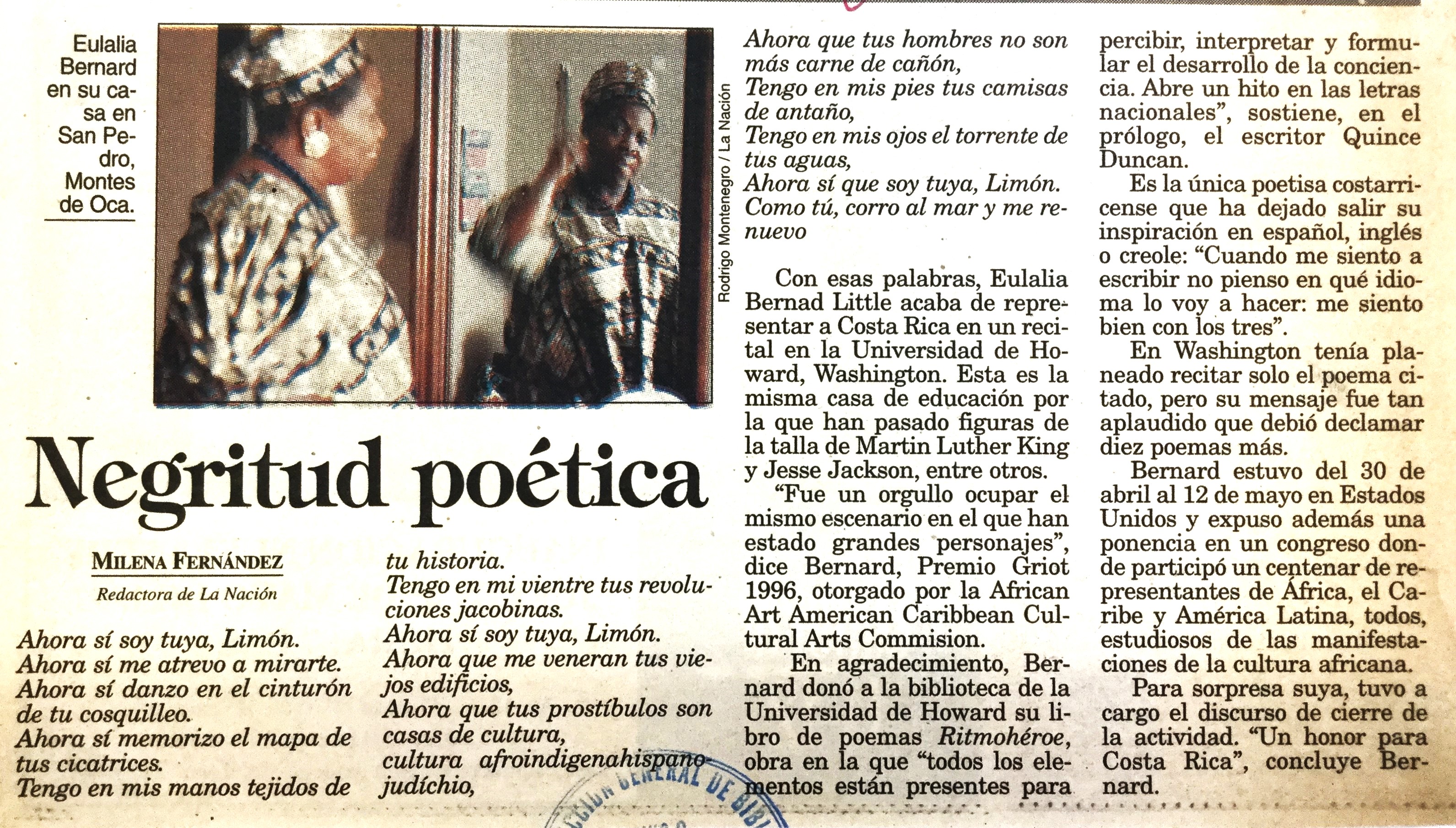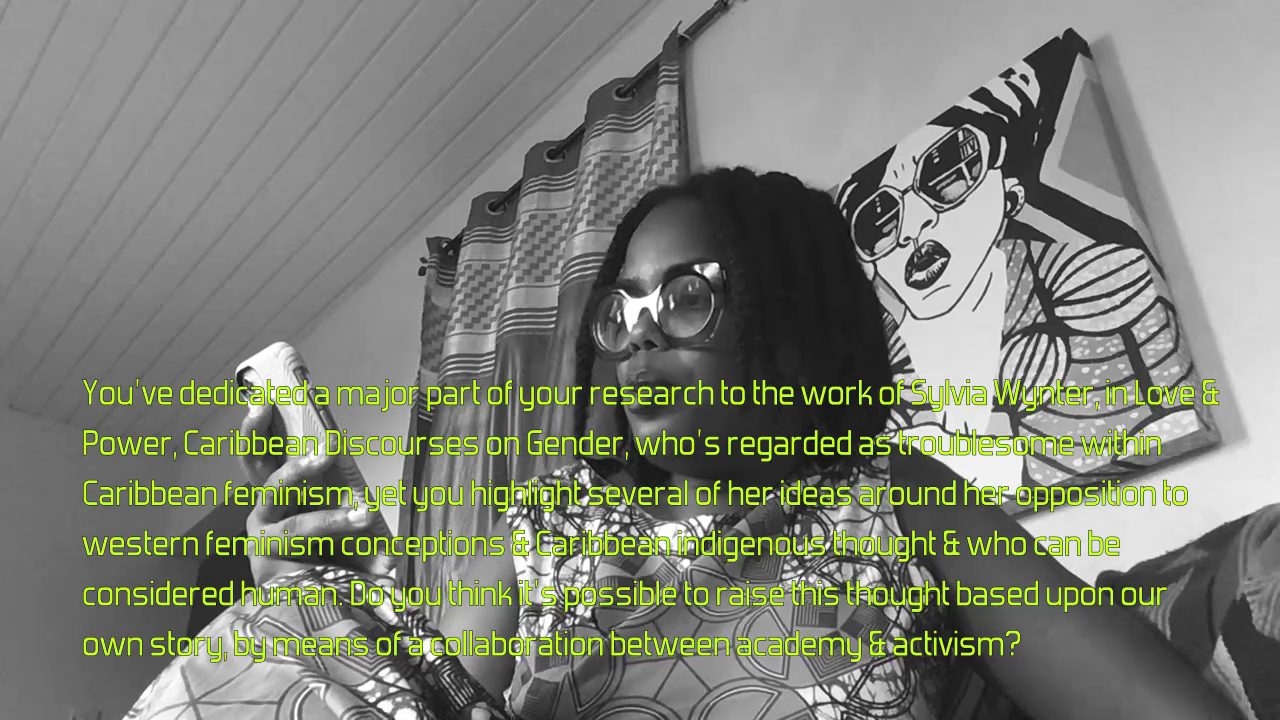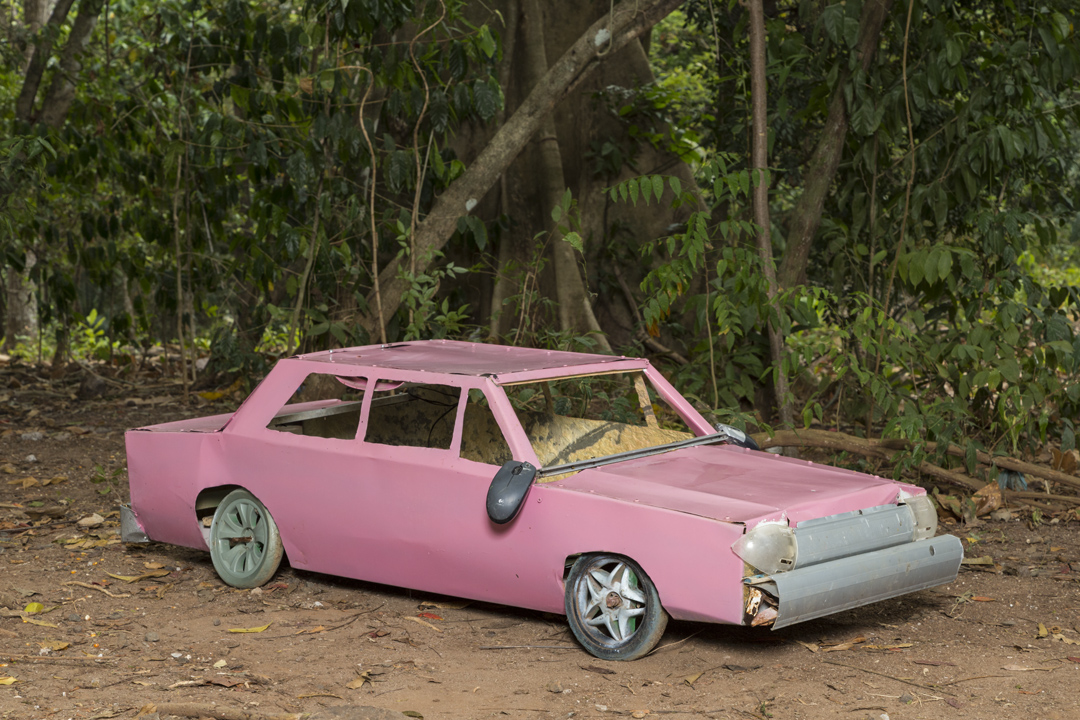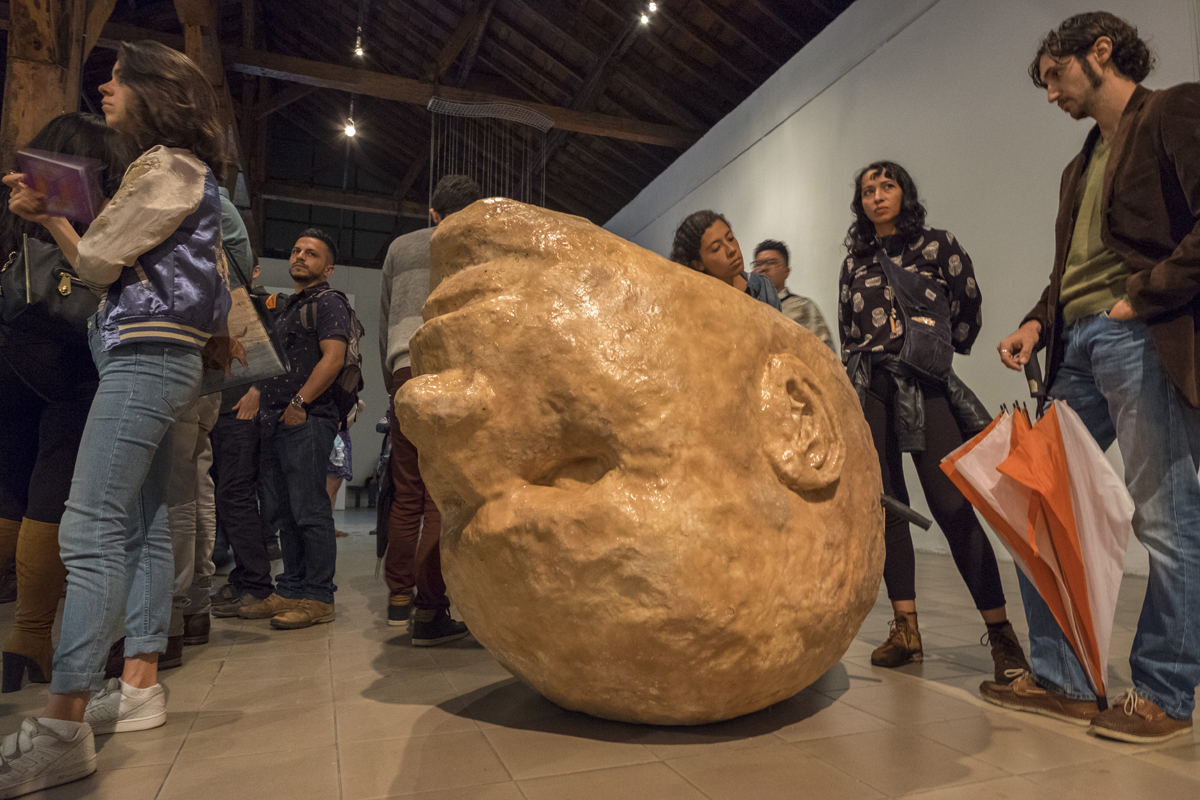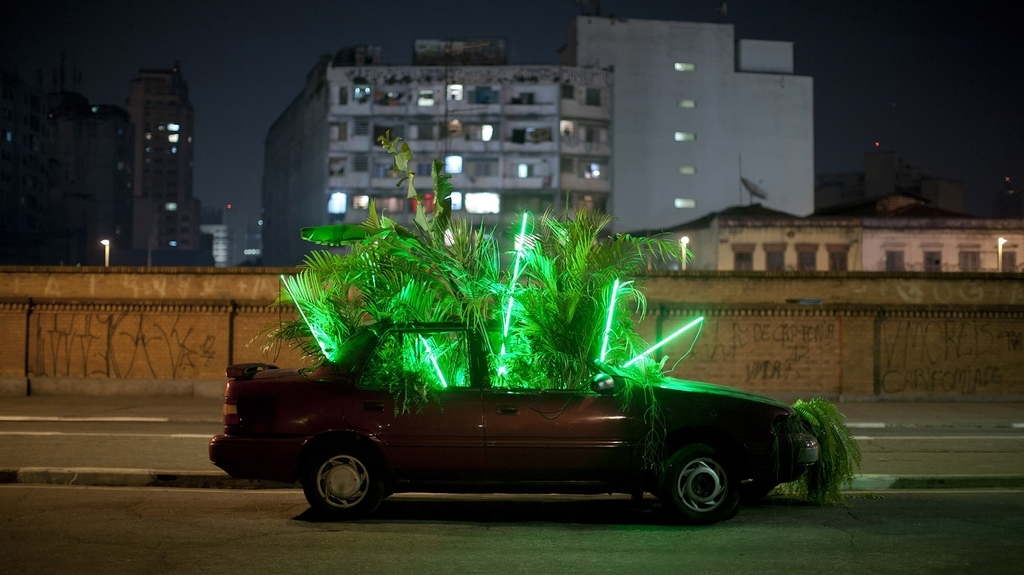The energy of these and other Afro-Caribbean poets has generated small vibrations that perhaps, without being evident or recognized, have expanded the possibilities of expression and self-representation of many others. Similarly, in the history of exhibitions in Central American art, there are also pioneering events that activated multiplying movements and bolstered the places of enunciation of feminized bodies. One of them was the MUA Instala 99' exhibition, which took place in Tegucigalpa in the week between March 19 and 26, 1999.
This event took place after Hurricane Mitch hit Central America and the Caribbean hard in October 1998. In Honduras, the impact on the territory was so devastating that existing geographic maps were declared obsolete. Despite this, a group of women artists and researchers decided, a few months after the hurricane, to hold an artistic event of unprecedented proportions for the region amidst the rubble. The proposal included a film and video exhibition, the first regional festival of performing arts and dance, a series of conferences, and the exhibition Evidencia y memoria, una exhibición internacional de arte contemporáneo [Evidence and Memory, an International Exhibition of Contemporary Art]. Numerous artists and curators from all over Central America were invited to this event, including the presence of some Caribbean artists, to carry out radical interventions around the notions of body, memory, and public space. The exhibition unfolded in cultural spaces such as the "Arturo H. Medrano" Pinacoteca of the Central Bank of Honduras, the Honduran Institute of Culture IHCI, the Galería Nacional de Arte, the temporary exhibition hall of the Museo Nacional, the Foundation for the Museo del Hombre Hondureño, the Portales Gallery, and the headquarters of Mujeres en las Artes.9
From Nicaragua, the artist and educator Patricia Belli was invited as a curator and as an artist. There, she presented her solo exhibition La casa (domesticada) [The House (Domesticated)], curated by Bayardo Blandino. In recent conversations with the artist, as part of the podcast series on the recent history of Central American art, "Relatos extemporáneos," produced by the Casa MA collective, Belli recalls the context of extreme precariousness in which the event took place: "My thoughts are associated with joy, effort, and amazement. Joy and amazement hand in hand, effort because everything had to be done, my works were difficult to transport, they were large, they were uncomfortable, they were fragile. I had to break the ladder in two so that it would fit in the bottom part of the bus, and to reassemble it in Tegucigalpa; it was a whole production. Additionally, I took on the role of curator: I worked with photographs by María José Álvarez, Claudia Gordillo, Celeste González, and Patricia Villalobos. Besides the selection, we worked on framing, packaging, loading onto the bus, unloading at the border. That's how everything was at that time that now seems like a time full of glamour, and it was full of glamour: the glamour of enthusiasm, solidarity, the desire to know each other, and the joy of it. They were monumental women, and I understood or glimpsed that this exhibition of women was not only complete, but overflowing.”10
This overflow to which Belli refers is also present in other Central American delegations, such as the work of Guatemalan artists María Dolores Castellanos, Diana de Solares, Irene Torrebiarte, and Isabel Ruiz. The latter created two installations. In one of them, she presented a version of her installation Autoinmersión / Transición [Self-immersion / Transition] (1999 version), where Ruiz questioned the injustices and inequalities of Guatemalan society that simplify or minimize the horrors of war in Indigenous and peasant communities. The artist also exhibited Diálogo de ausentes / monólogo presente [Dialogue of the Absent / Present Monologue] (1999), an unsettling installation where a set of facing chairs are supported on ashes and remains of charred objects.
Another exhibition within the general framework of MUA Instala '99 was Momentos de un proceso [Moments of a Process], featuring Costa Rican artists Sila Chanto, Karla Solano, and Emilia Villegas, curated by Virginia Pérez-Ratton. Honduran artists held three solo exhibitions within the same space: Soy ese signo, el enigma y su respuesta [I Am That Sign, the Enigma and Its Answer] by Johanna Montero Matamoros; Expresión Máxima del control sobre la humanidad / Fabrique su propio bebé [Maximum Expression of Control Over Humankind / Create Your Own Baby] by Regina Aguilar; and Verdades fragmentadas [Fragmented Truths] by Alejandra Paredes. The event also featured artists Lidzi Alvizi (Cuba), María Elena Portales (Puerto Rico), Priscilla Monge (Costa Rica), Marta Eugenia Valle (El Salvador), and Belkis Ramírez (Dominican Republic). There was also the exhibition Cinco artistas de Panamá [Five Artists from Panama], featuring works by Iraida Icaza, Sandra Eleta, Victoria Haydee Suescum, and Isabel de Obaldía, curated by Mónica Kupfer, who emphasized in the catalog that, "MUA Instala 99’ opens a window to the contributions of art made by women in Central America." However, the event did not self-identify as feminist. As noted recently by Guatemalan curator Rosina Cazali,11 the conversations were not yet embracing those concepts, even though urgent gender issues were addressed. This became evident in the works but also in the presentation of a documentary about girls working on the streets, No todos los sueños han sido soñados [Not All Dreams Have Been Dreamed], by María José Álvarez and Martha Clarissa Hernández; the work of dance companies Barro Rojo from Mexico and Danza Desequilibrio from Nicaragua; and a series of lectures that presented topics such as "A Woman's Perspective in the 21st Century," "Women and Writing," "Feminizing Art in Central America," "Murals," "Ideology and Language," among others.

